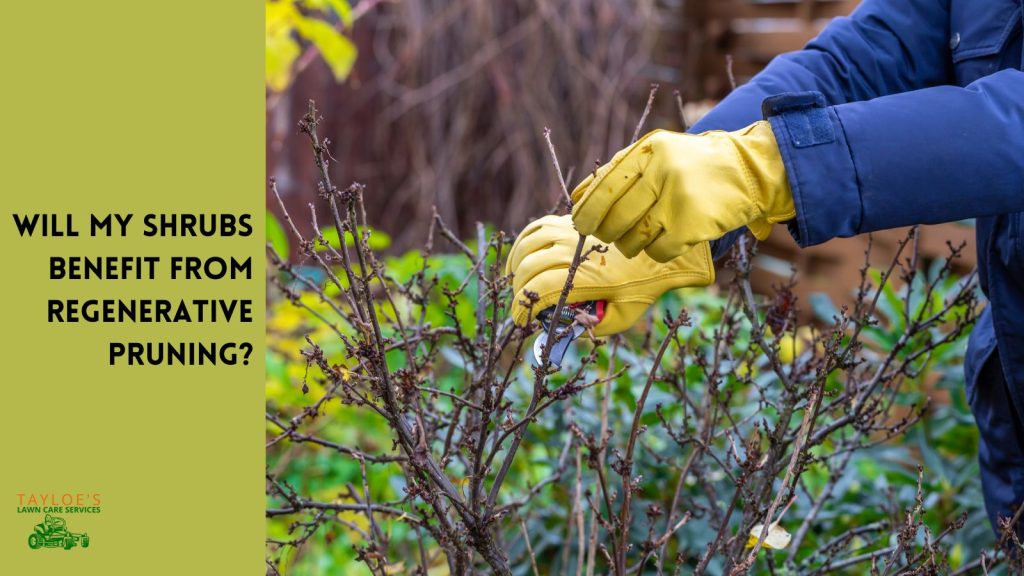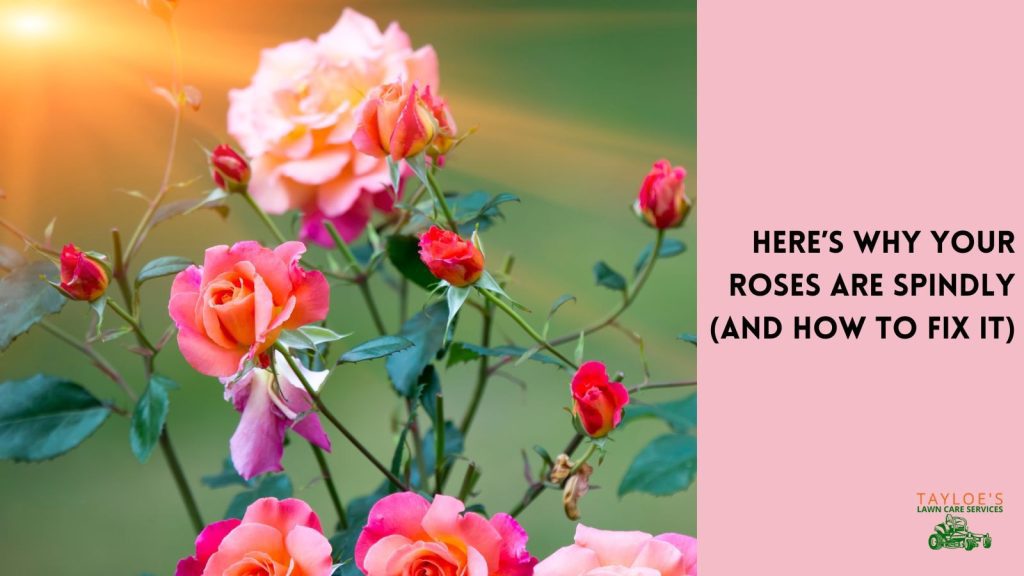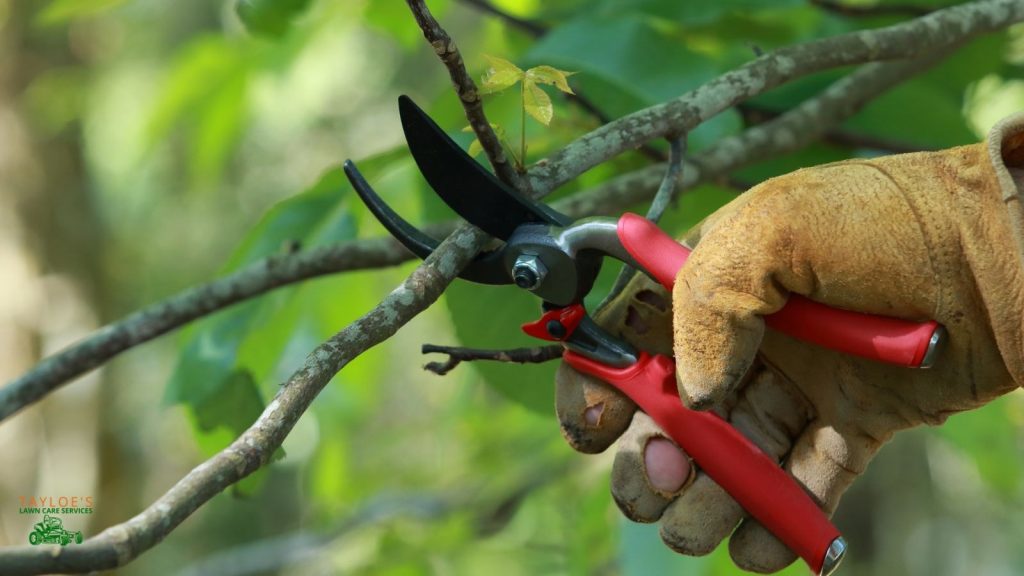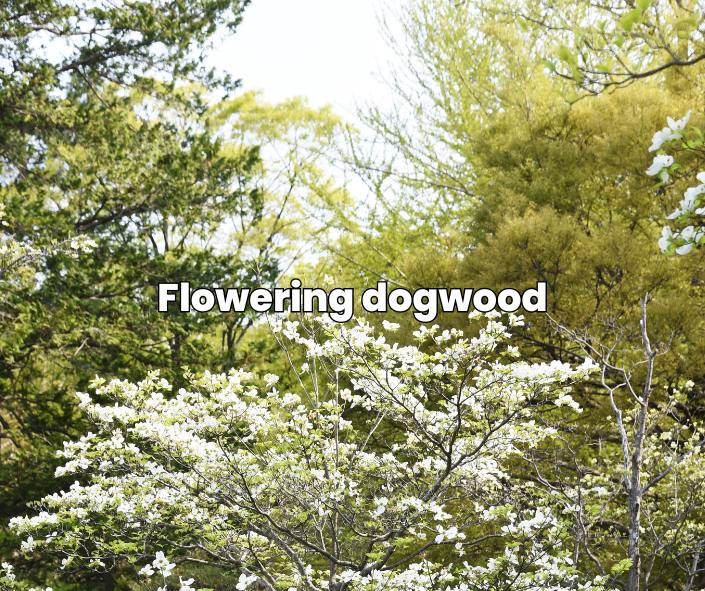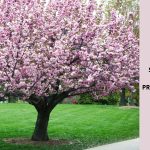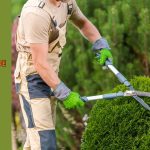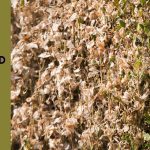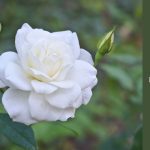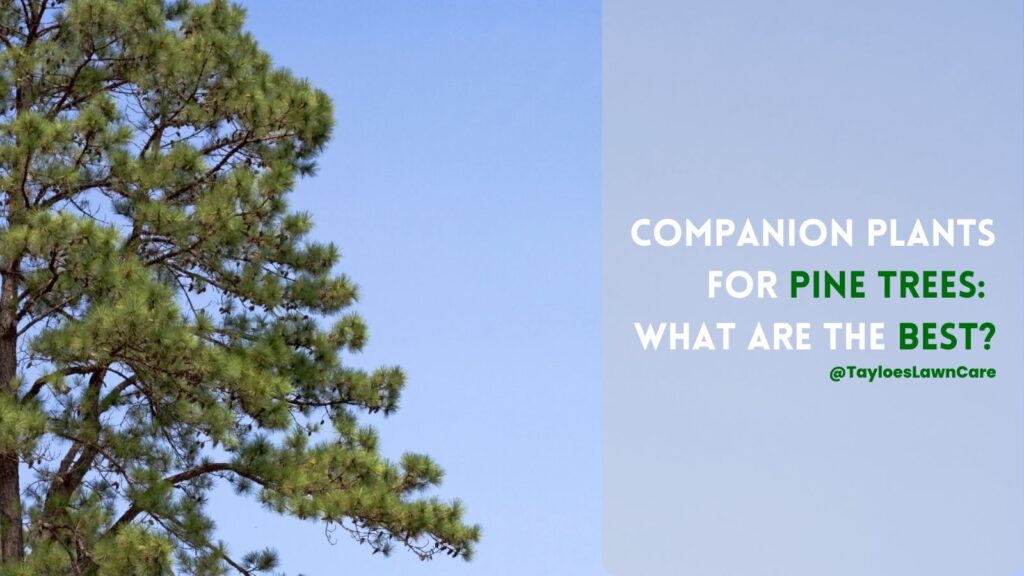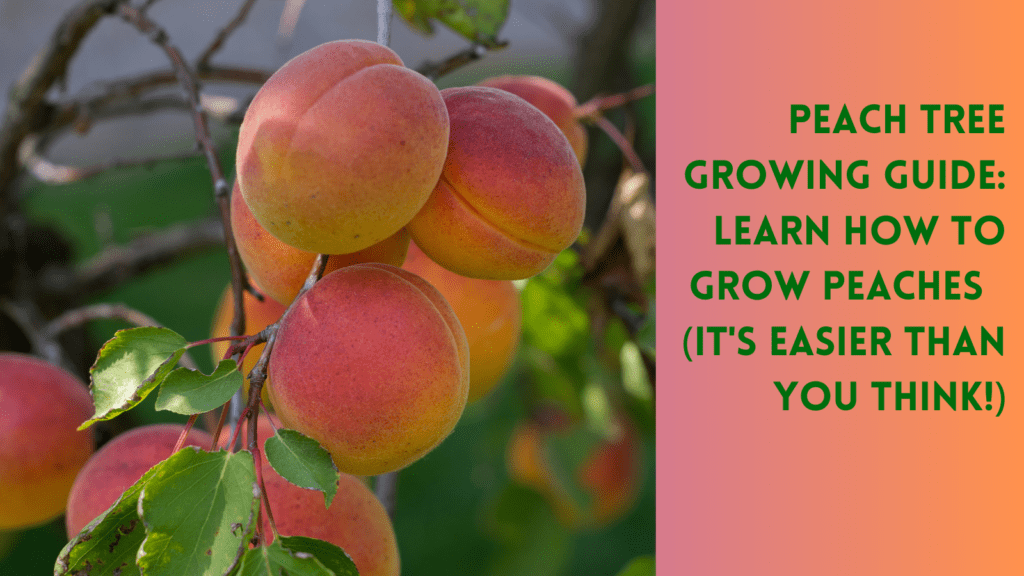Last Updated on: 9th February 2025, 08:26 am
Here’s how rejuvenation pruning can restore healthy shrubs.
Shrubs add beauty, structure, and privacy to any landscape but can become overgrown, woody, or unproductive over time. If your shrubs look tired, have excessive deadwood, or are no longer flowering like they used to, they may benefit from regenerative pruning. It’s also called rejuvenation pruning, or it might be called renewal pruning.
Whatever name you prefer, this type of pruning helps rejuvenate older or overgrown shrubs. It encourages fresh growth, improved shape, and better flowering or fruiting.
In this guide, we’ll cover the benefits of renewal pruning, signs that your shrubs need it, and how it can bring your landscape back to life.
What Is Regenerative Pruning?
Rejuvenation pruning is a type of pruning that involves cutting overgrown or declining shrubs to stimulate new, healthy growth. It involves removing old, unproductive branches to encourage vigorous shoots from the base or lower parts of the plant.
Depending on the shrub species and its condition, rejuvenation pruning can be done over a few years or all at once with a drastic cutback. When the pruning cuts are done correctly, they revitalize shrubs, extend their lifespan, and enhance their natural beauty.
Benefits of Regenerative Pruning
Regenerative pruning offers multiple advantages for both the plant and the overall aesthetics of your landscape. Some of the key benefits include:
1. Encourages Healthier Growth
By removing old, woody stems that no longer contribute to the plant’s vitality, regenerative pruning redirects energy to new growth, leading to more vigorous, healthier shoots and a fuller appearance.
2. Enhances Flower and Fruit Production
Many shrubs bloom or produce fruit on younger wood, meaning that neglecting pruning can reduce flowering and fruiting over time. By strategically removing aging branches, you create space for new, productive stems, ensuring more blooms or fruit in future seasons.
3. Improves Shape and Appearance
Over time, plants can become leggy, lopsided, or overly dense, making them look unkempt. Renewal pruning helps restore an attractive, well-balanced form, keeping shrubs proportionate and tidy in the landscape.
4. Increases Disease Resistance
Dead, diseased, or overcrowded branches trap moisture and limit airflow, becoming prone to diseases and pests. Thinning out old growth improves air circulation and sunlight penetration, reducing the risk of infections.
5. Prevents Overcrowding and Competition
Old wood can choke out younger, healthier shoots in multi-stemmed shrubs by competing for nutrients and space. Rejuvenation cuts ensure the strongest, most vigorous stems have room to grow, preventing a tangled or overcrowded mess.
6. Extends the Life of Mature Shrubs
Instead of replacing older shrubs that appear in decline, rejuvenation techniques can add years to their lifespan, saving you time and money on replanting.
7. Revives Overgrown or Neglected Shrubs
If a plant has been left unchecked for too long, regenerative pruning can reset its growth cycle, bringing it back to a manageable, healthy state.
5 Signs That Your Shrubs Need Rejuvenation Pruning
Is rejuvenation pruning needed? Not all shrubs require aggressive pruning, but here are some sure signs that it may be time to take action:
1. Overgrown and Leggy Growth or Poor Health
If your plant has grown too large for its space, has excessive gaps, or appears spindly with long, bare branches, it may need pruning to restore a fuller shape. Twiggy shrubs are weak and more prone to breaking. They also become less tolerant of drought conditions or other environmental factors.
2. Doesn’t Produce Flowers or Fruit Like it Used to
Multi-stemmed flowering and fruiting shrubs rely on healthy, vigorous wood. Old, woody branches may suppress new growth if your shrub isn’t producing blooms or berries like it used to.
3. Excessive Dead Branches or Diseased, Unproductive Wood
A buildup of dead, damaged, or diseased branches can weaken the shrub. Rejuvenation pruning removes unhealthy wood, allowing the plant to focus its energy on fresh growth. The main stem may look thick or weedy; growth starts to slow noticeably.
Rejuvenation pruning works to correct this issue if the new stems break easily.
4. Weak, Sparse Foliage
If leaves only grow at the tips of branches, leaving the interior bare, the shrub is likely suffering from poor circulation and needs rejuvenation to encourage new growth. While the colorful stems may be pretty, you should not see significant gaps in the foliage.
Why does this happen?
Your shrub might have only one main stem, making it struggle to fill out. By contrast, species like red twig dogwood trees or flowering quince have multiple stems, not a single stem. They usually have a naturally fuller appearance.
5. Hasn’t Been Pruned in Years
Some shrubs tolerate neglect for years but eventually become overgrown and unmanageable. If it’s been long since your shrub was pruned, a thorough rejuvenation pruning can help restore balance. If all the stems seem tangled, matted, or overly thick, and your shrub is a type that will tolerate rejuvenation pruning, it’s time to give it a try.
When to Perform Rejuvenation Pruning (Early Spring for Most but not All)
The ideal timing depends on the type of shrub. Here’s when it’s typically performed on a few favorite species:
Spring-flowering shrubs (like lilacs and forsythia) should be pruned right after flowering to ensure the shrub starts next season’s blooms properly.
Summer-flowering shrubs (like butterfly bush and rose of Sharon) should be pruned in late winter to early spring before new growth begins.
Non-flowering or evergreen shrubs can be pruned in late winter or early spring, avoiding extreme cold or heat.
Tips for Renewal Pruning
Be sure to grab a sharp, sanitized pruning saw for pruning trees (such as ornamentals) or loppers for most shrubs. There are two primary ways to perform rejuvenation pruning on shrubs or small trees:
1. Gradual Rejuvenation Pruning (3-Year Method)
If you don’t want to cut back your shrub all at once drastically, this method spreads the pruning of a shrub or small tree over three years:
Year 1: Remove one-third of the oldest, thickest branches at the base.
Year 2: Remove another 1/3 of the oldest branches.
Year 3: Remove the remaining old branches, leaving only fresh, younger growth behind.
This approach is ideal for shrubs that might struggle with an extreme cutback and helps maintain a more natural appearance.
2. Hard Pruning (A More Drastic Cutback)
Some shrubs and ornamental trees tolerate a severe cutback or hard pruning. It involves cutting all old wood at once, cutting the entire shrub to 6 to 12 inches above ground level. This method works well for shrubs like spirea, dogwood, and potentilla, which regrow quickly from the base. If you opt for hard pruning, don’t do this every three to five years.
Use Caution When Hard Pruning Shrubs or Ornamental Trees
Not all shrubs respond well to a hard pruning! Always research your plant species before attempting drastic pruning, as it can be a huge stressor. You can call your local ag extension office for pruning tips if uncertain.
Or, you can leave the job to Tayloe’s Lawn Care Services when you need professional help.
Common Shrubs That Benefit from Regenerative Pruning
Certain shrubs, especially multi-stemmed varieties, respond well to rejuvenation pruning. Here are examples of the right shrubs:
Lilac (Syringa)
Forsythia
Spirea
Hydrangea (Smooth & Panicle Types)
Yellow or red twig dogwood
Weigela
Roses (Shrub Types)
Viburnum
Flowering quince
Abelia
Note: Some evergreens, like junipers and arborvitae, do not regenerate from old wood. Rejuvenation pruning causes them excessive stress. Avoid pruning the main stem of these plants for renewal.
Aftercare: Helping Your Shrubs Recover
After pruning, give your shrubs the care they need to bounce back:
Water deeply to encourage good health from the roots to the main trunk. Don’t overwater. Water stress can lead to fungal diseases.
Apply fertilizer or well-rotted manure in spring to support new branches as they grow.
Mulch around the base to retain moisture and regulate soil temperature.
Monitor for insect damage, pests, or diseases as new wood emerges.
Renewal Pruning Can Give Overgrown Shrubs a Fresh Look and Renewed Health
If your shrubs look lifeless, or aren’t blooming as they should, they may need pruning. Whether you opt for gradual rejuvenation or a hard cutback, proper pruning techniques can restore health, improve appearance, and extend the life of plants.
Need expert help with shrub pruning? Contact Tayloe’s Lawn Care Services today at 252.287.3376.
Author Profile

- Deborah Tayloe is the CEO and co-founder of Tayloe's Lawn Care Services, LLC. She has a B.S.Ed and holds certificates in soil and water management and herbology from accredited programs.
Latest entries
 GardeningSeptember 27, 2025What perennials, shrubs, and trees don’t like fall pruning (and why)?
GardeningSeptember 27, 2025What perennials, shrubs, and trees don’t like fall pruning (and why)? Trees and ShrubsSeptember 14, 2025Fall Shrub Pruning Guide (September–October)
Trees and ShrubsSeptember 14, 2025Fall Shrub Pruning Guide (September–October) Trees and ShrubsApril 22, 2025Boxwood Blight: Early identification and isolation
Trees and ShrubsApril 22, 2025Boxwood Blight: Early identification and isolation Flower GardenApril 8, 2025John F. Kennedy Rose: Hybrid tea rose with elegant white blooms
Flower GardenApril 8, 2025John F. Kennedy Rose: Hybrid tea rose with elegant white blooms

